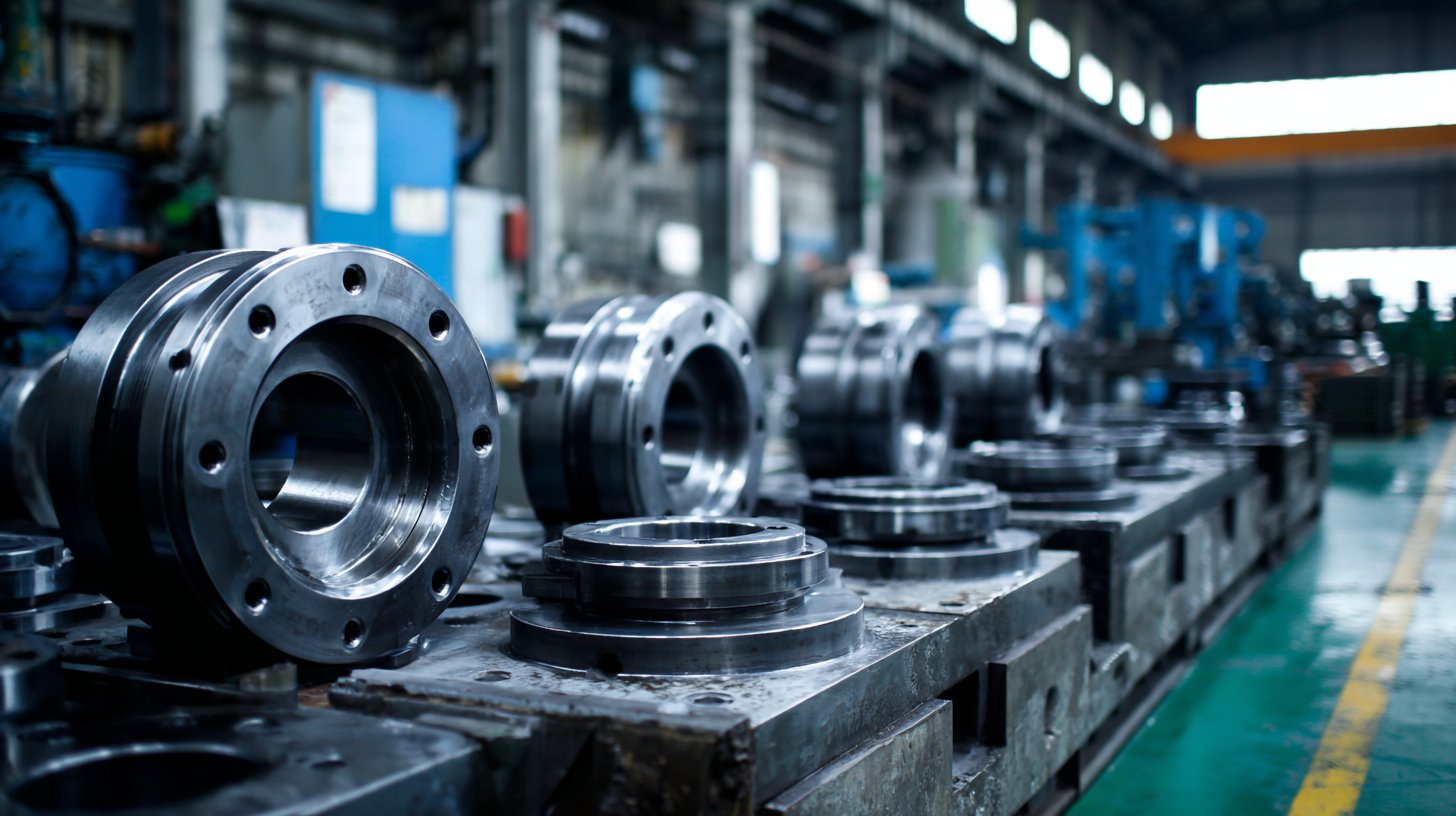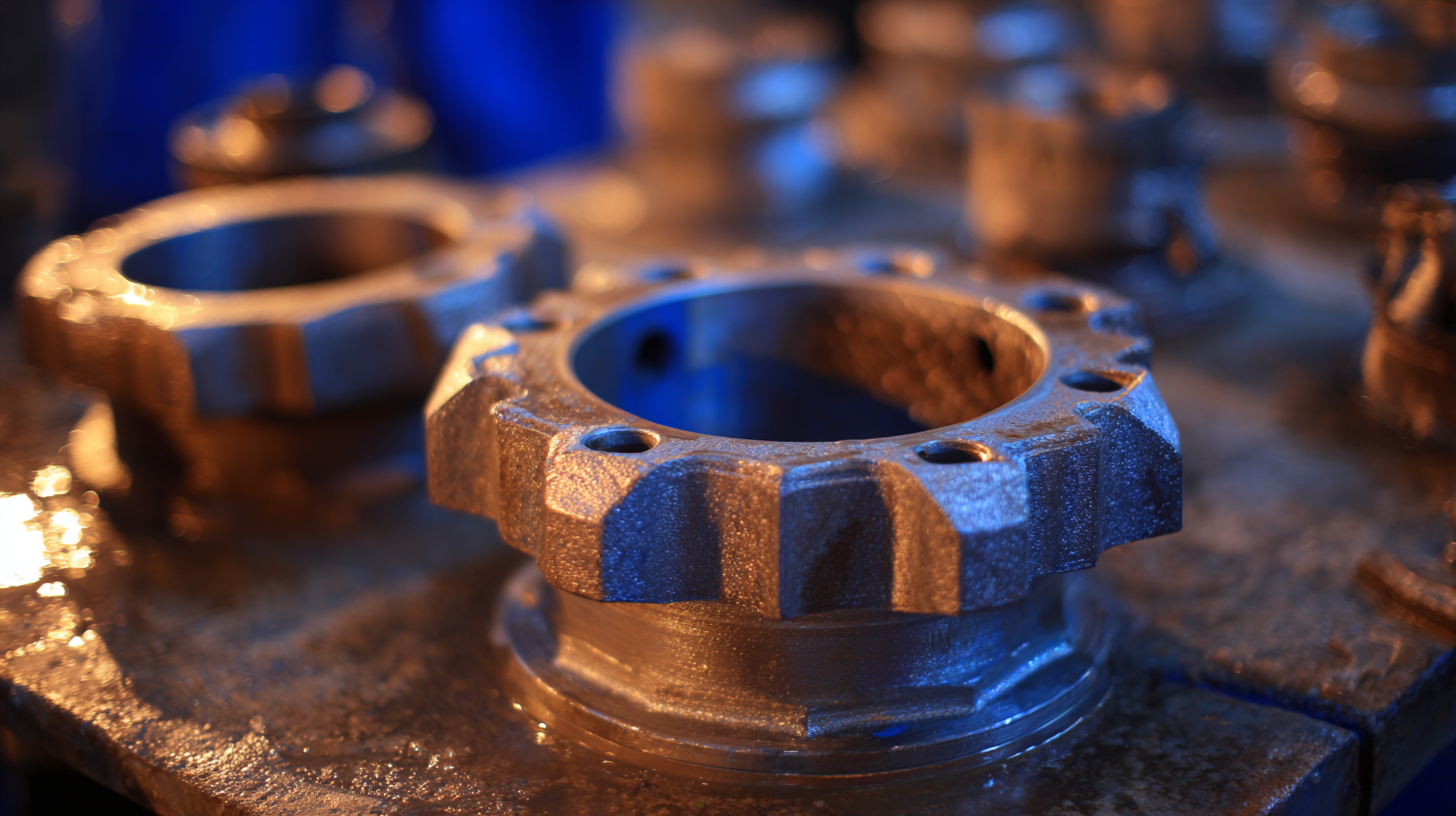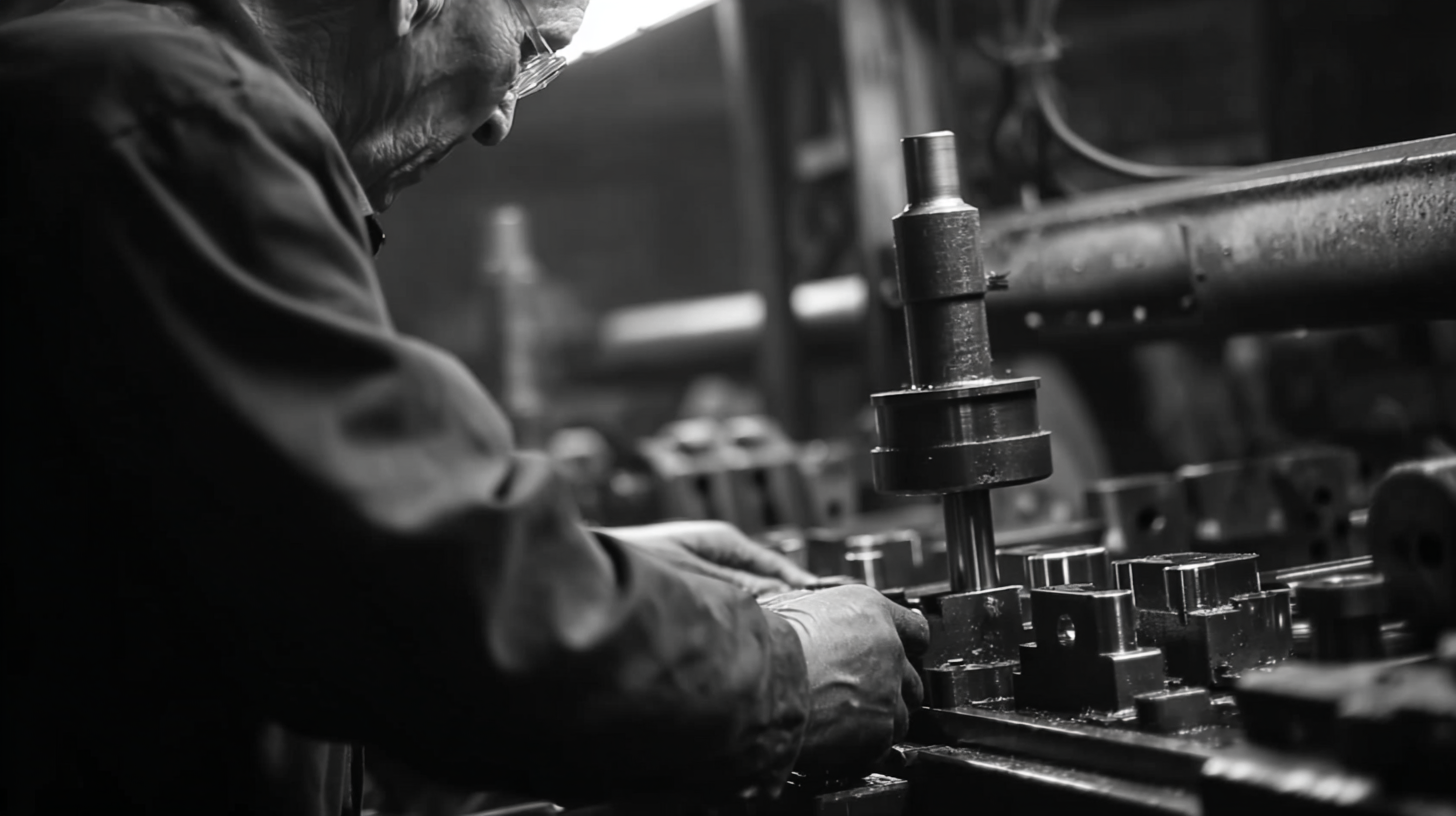In the ever-evolving landscape of manufacturing, the importance of reliable supply chains and consistent product quality is paramount, especially in the production of Casting Pump Parts. According to a recent report from Grand View Research, the global pump market is expected to reach $80 billion by 2025, driven by increased demand across various industries including oil and gas, water and wastewater management, and power generation. This surge accentuates the critical need for manufacturers to adhere to strict quality standards while optimizing their production processes. As we approach 2025, companies that prioritize quality and reliability in their Casting Pump Parts will not only enhance their market position but also contribute to the overall efficiency and sustainability of industrial operations. Understanding the dynamics of this sector will be essential for stakeholders aiming to thrive in a competitive market landscape.

The world of casting pump parts is multifaceted, with various components designed for specific applications. Key characteristics of these parts include materials, design features, and operational capacity. For instance, impellers typically require high corrosion resistance and durability; therefore, they are often crafted from stainless steel or bronze alloys. These materials not only enhance longevity but also ensure efficiency in fluid movement.
Similarly, volutes serve as crucial components that house the impeller, and their design can significantly influence the pump's overall performance. A well-designed volute reduces turbulence, leading to better flow rates and energy efficiency. Different casting technologies, such as sand casting and investment casting, further allow manufacturers to produce intricate designs that meet the unique needs of various industries, including agriculture and wastewater management. By tailoring casting methods and materials to the specific requirements of the application, Chinese manufacturers excel in providing reliable and high-quality pump parts essential for operational success.
| Part Name | Material | Casting Method | Application | Operating Temperature (°C) | Pressure Rating (bar) | Surface Finish |
|---|---|---|---|---|---|---|
| Pump Body | Cast Iron | Sand Casting | Water Pumping | -20 to 150 | 10 | Painted |
| Impeller | Bronze | Investment Casting | Chemical Processing | -20 to 200 | 20 | Polished |
| Volute Casing | Ductile Iron | Shell Molding | Firefighting | -10 to 180 | 15 | Coated |
| Suction Cover | Aluminum | Die Casting | Industrial Pumps | -30 to 120 | 8 | Anodized |
When it comes to pump manufacturing, the choice of casting material significantly influences the performance and reliability of the final product. Various materials such as gray iron, ductile iron, and stainless steel have their unique advantages that cater to different operational needs. According to a recent report by the Global Pump Market Analysis, gray iron is favored for its excellent casting properties and cost-effectiveness, particularly in the production of heavy-duty pumps. It offers superior wear resistance, making it a popular choice for abrasive applications.

On the other hand, ductile iron provides exceptional strength and ductility, making it suitable for high-pressure environments. The research indicates that pumps made from ductile iron often achieve a longer service life compared to those made from traditional materials. Furthermore, stainless steel is increasingly utilized in applications requiring corrosion resistance. A survey on pump failure rates found that using stainless steel components can decrease maintenance costs by up to 30%, showcasing its long-term benefits. In summary, understanding the advantages of these casting materials is crucial for manufacturers to optimize performance and reliability in pump parts.
The manufacturing landscape in China has consistently evolved, particularly in the production of pump components. With a projected market size of $3.849 billion for ISO and ANSI pumps by 2024, reaching $5.207 billion by 2032, the growth rate of 3.85% reflects a strong commitment to quality in manufacturing processes. This focus on reliability can be attributed to several key factors influencing the quality of Chinese manufacturing, including adherence to international standards, investment in advanced technology, and stringent quality control measures.
Additionally, the vacuum automatic heat treatment furnace market, estimated to be valued at $594.29 million in 2024, is expected to grow to $664.13 million by 2032, indicating a growth rate of 1.4%. This upward trend underscores the importance of heat treatment processes in ensuring the durability and performance of casting pump parts. As the industry progresses, continuous improvements in manufacturing techniques and quality assurance protocols will be essential in maintaining China's position as a leader in the global pump components market.
When evaluating pump parts, one important aspect is the balance between durability and performance. Durability refers to the ability of a component to withstand wear, pressure, and environmental factors over time, while performance encompasses how effectively the part operates under various conditions. In the context of casting pump parts, Chinese manufacturing has made significant strides in producing components that excel in both these areas. High-quality materials and advanced production techniques contribute to enhancing the lifespan and overall reliability of pump parts.
Chinese manufacturers leverage technological innovations and stringent quality controls to ensure that their products not only meet but often exceed industry standards. For instance, the use of corrosion-resistant materials can improve durability, allowing the pump parts to perform consistently even in harsh operating environments. Moreover, factors like precise dimensional accuracy and surface finish play a crucial role in optimizing performance, leading to increased efficiency and reduced energy consumption. By focusing on these two critical factors, manufacturers can produce casting pump parts that fulfill the demanding requirements of various applications, ensuring that users receive reliable and high-performing solutions.

Selecting the right casting pump parts is critical for optimizing operational efficiency across various industries. According to a recent report by the Global Manufacturing Index, the demand for high-quality pump components is projected to grow by 7% annually through 2028, driven by the increasing requirement for reliable machinery in sectors such as oil and gas, chemical processing, and water treatment. It’s essential to understand the specific requirements of these industries, as each application may necessitate different material compositions, tolerances, and performance parameters.
For example, the oil and gas industry often demands casting pump parts that can withstand extreme pressures and corrosive environments. A study conducted by the American Society of Mechanical Engineers highlights that using high-quality alloys in pump parts can enhance longevity by up to 30%. Similarly, in water treatment facilities, the focus shifts towards components that prioritize durability against wear and erosion. Ensuring that the selected casting pump parts meet the precise specifications not only improves equipment lifespan but also significantly reduces operational downtime. Investing in suitable casting solutions tailored to industry-specific needs is, therefore, a strategic move for businesses aiming for long-term sustainability and efficiency.
This bar chart displays the quality ratings of different casting pump parts based on material type used in manufacturing. It helps in selecting the right components that meet specific industry needs.




